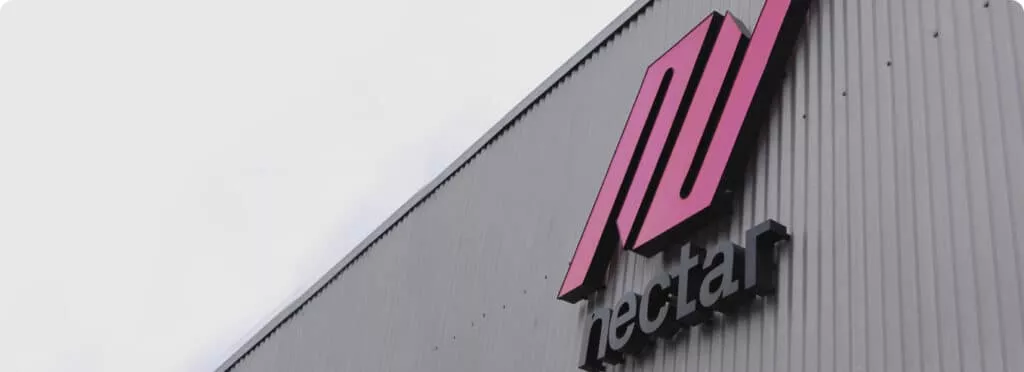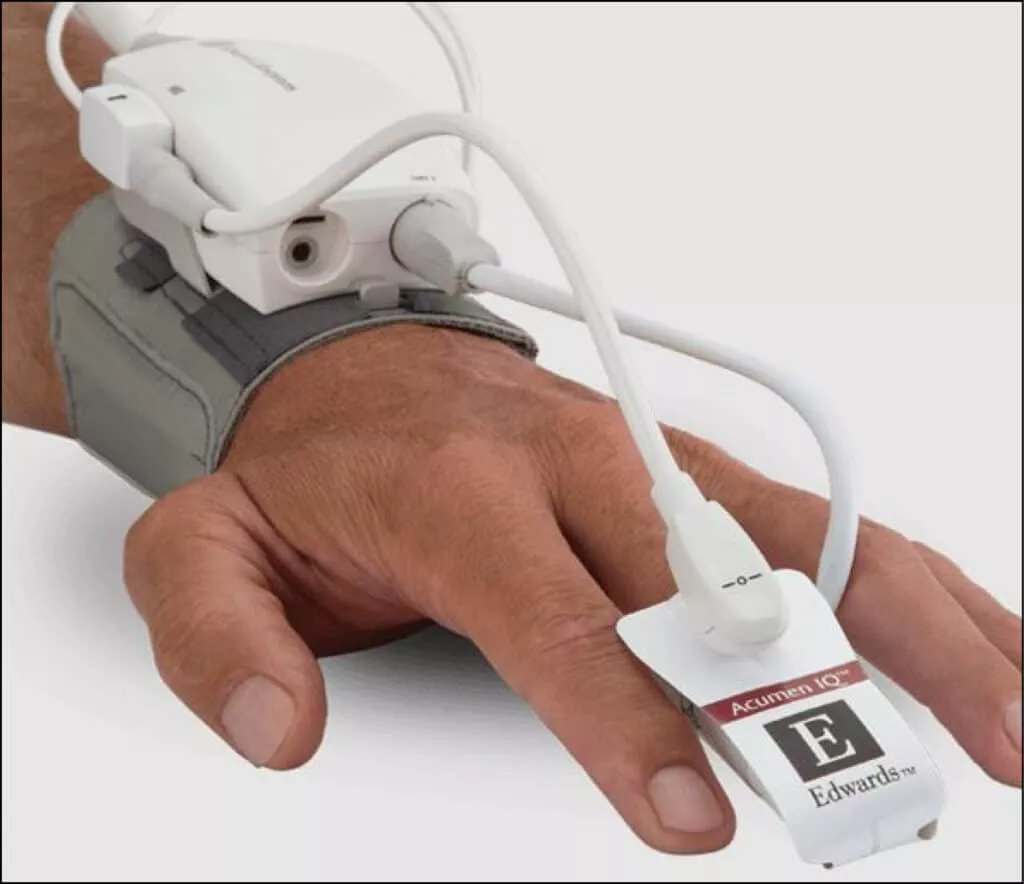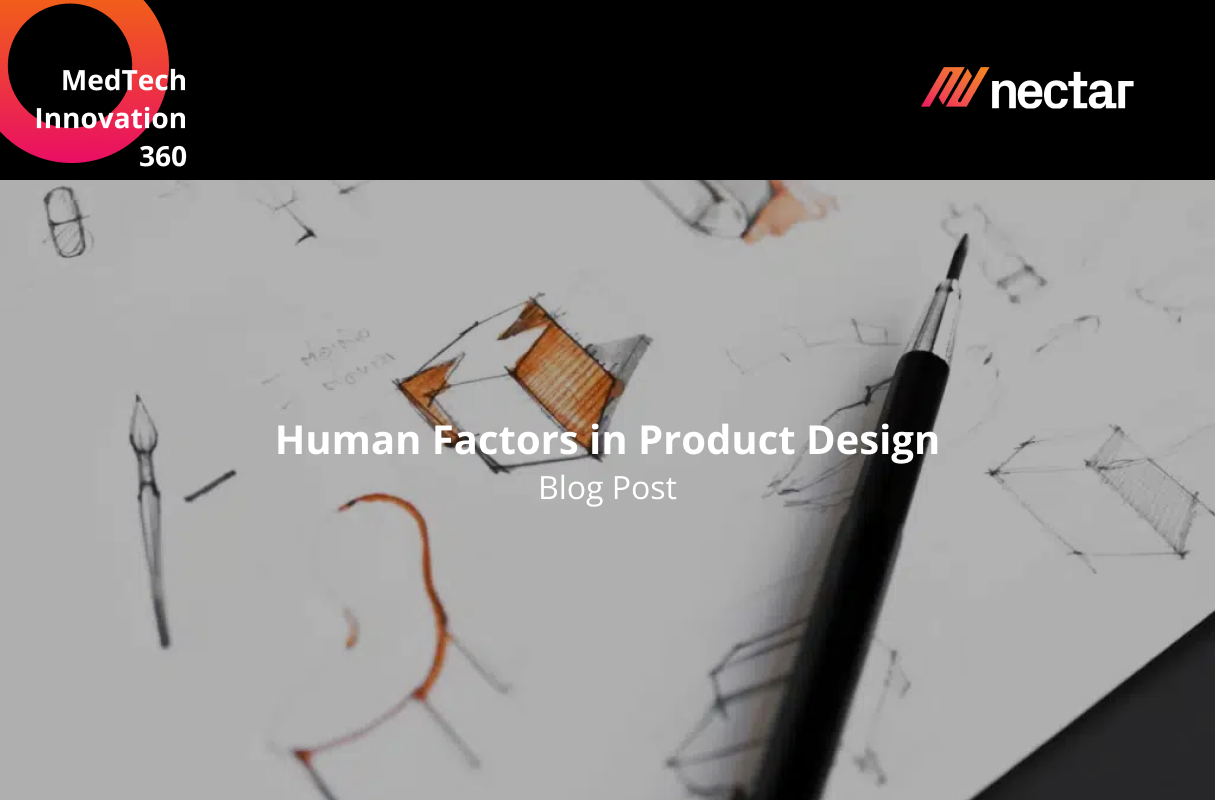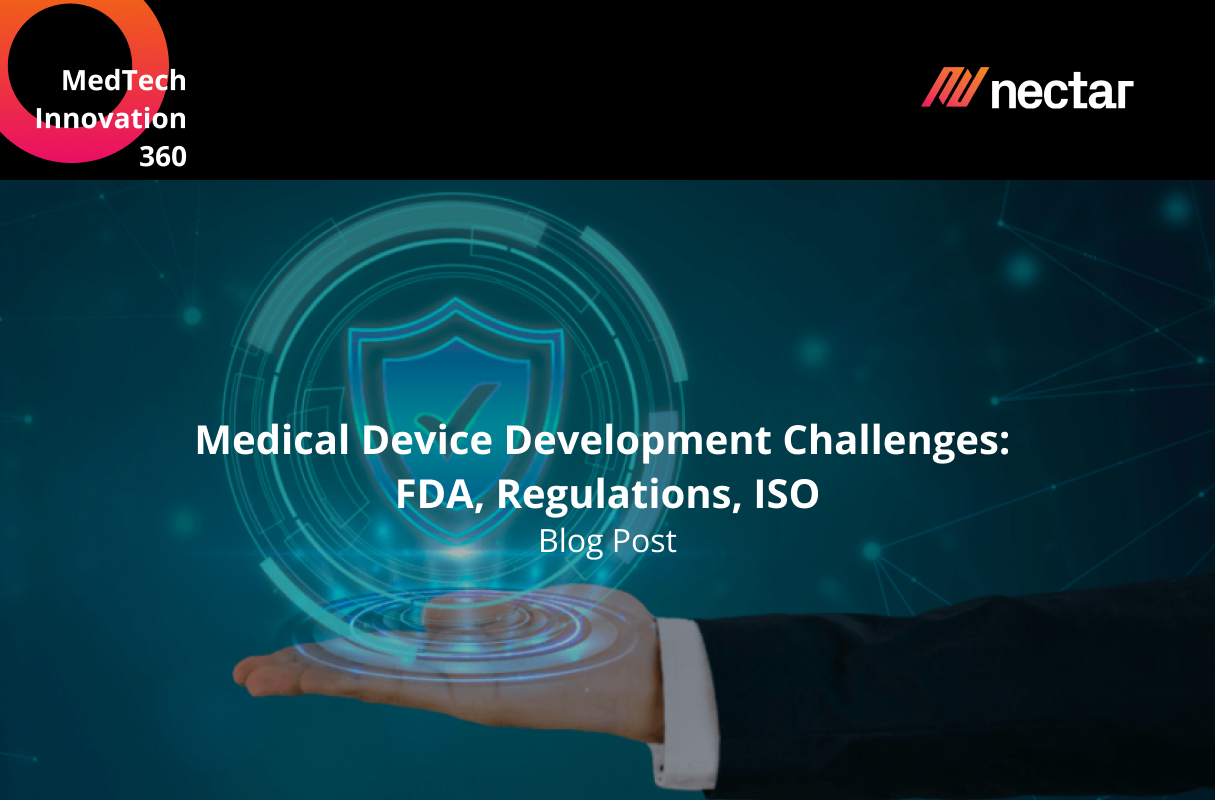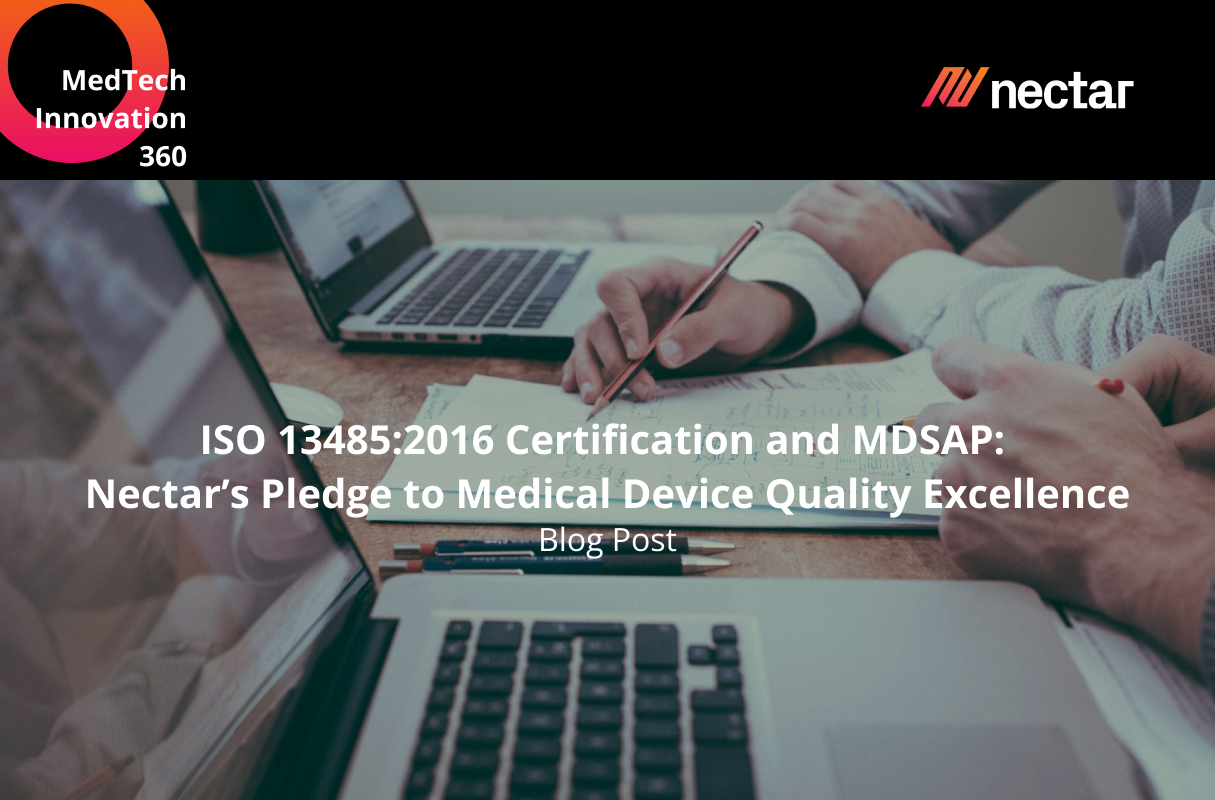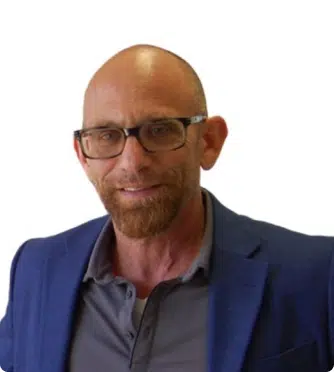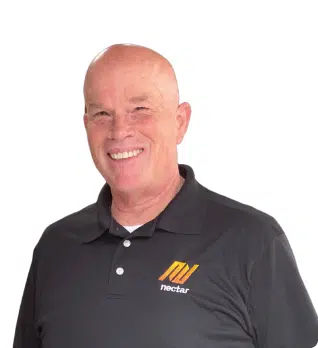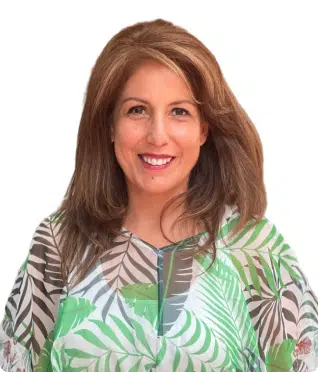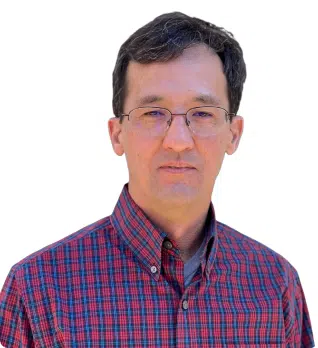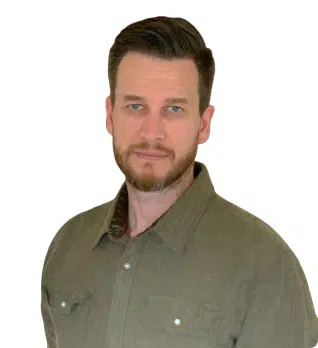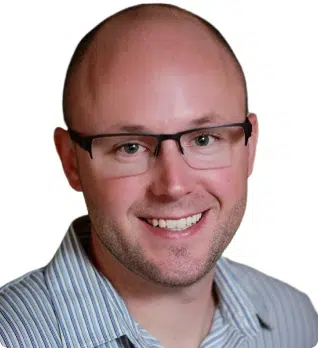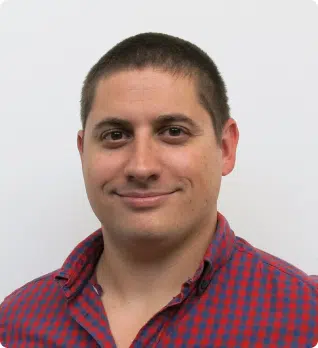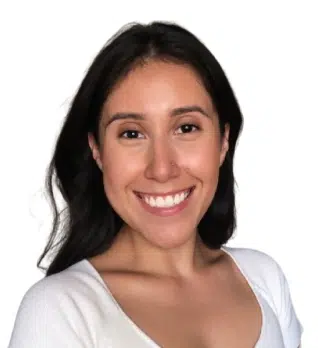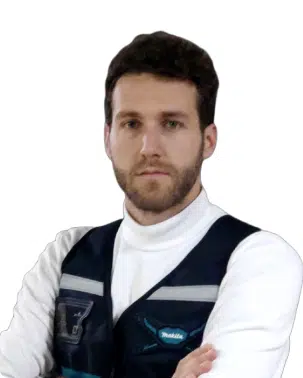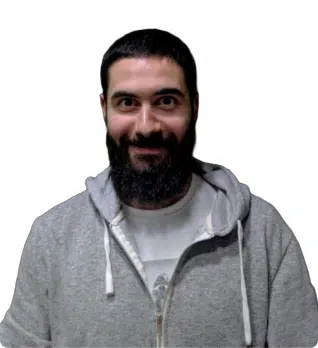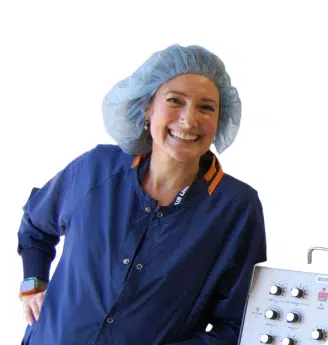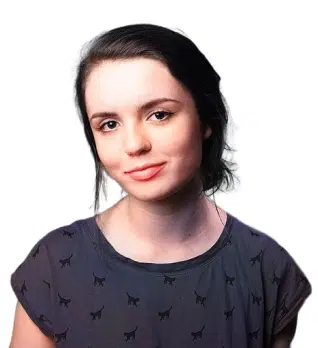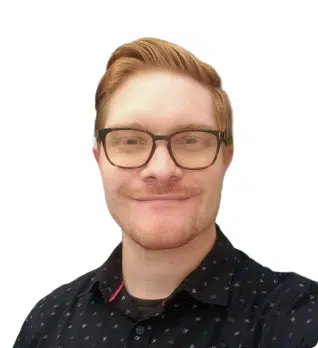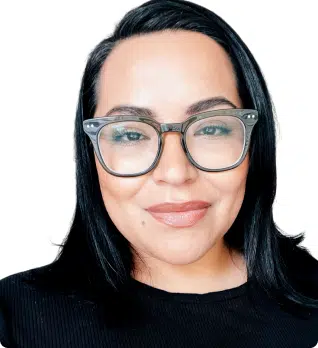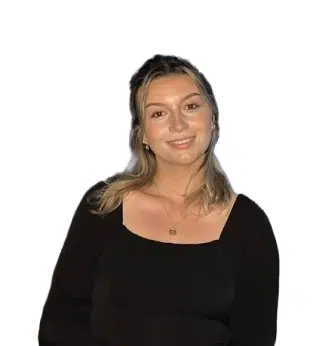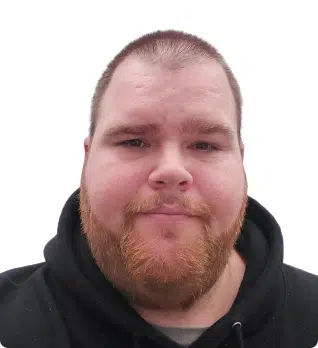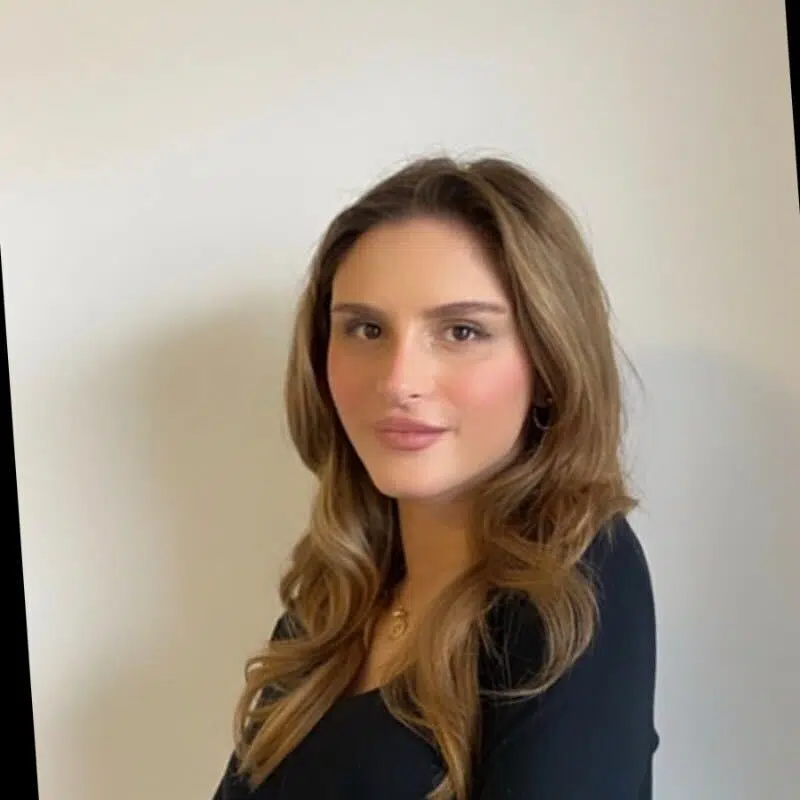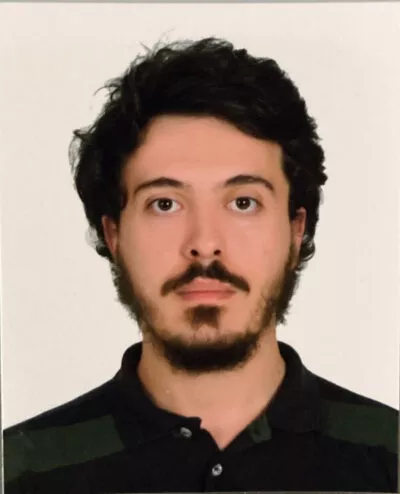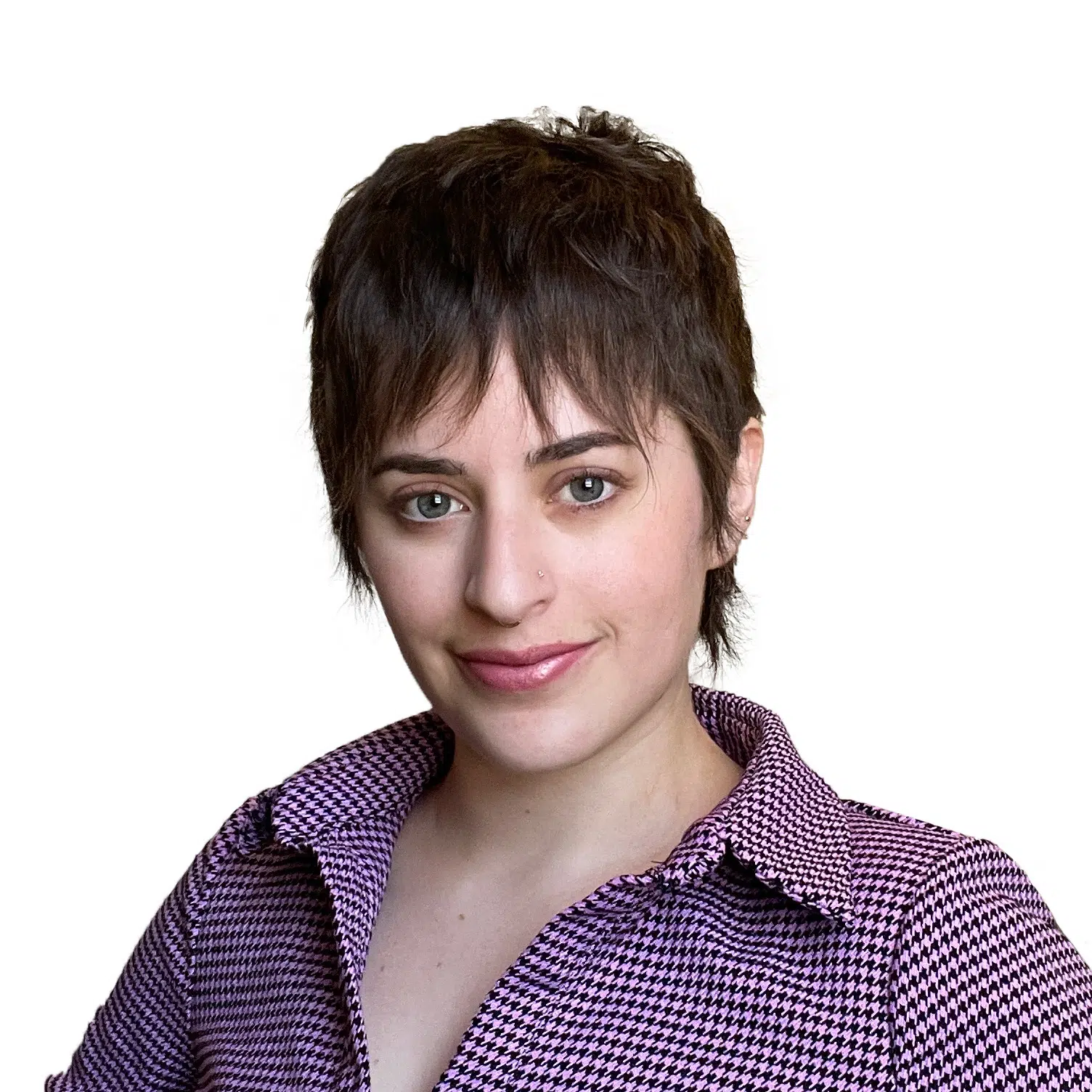When designing for disability, it is important to consider our preconceived ideas and our perceptions. Not only do we need to consider the ‘normalcy’ we place on having all our senses, our limbs, and an average height; we also have to consider how the senses become enhanced for someone who has lost one of theirs, or how the constraints put upon them have managed to force them to problem-solve and adapt to the world in ways we have yet to consider as ‘able bodied’ people. As designers, we are aiming to solve a problem, but what if we were designing with intent, and going beyond solving problems into creating a new frontier of human possibility?
Perception is often defined as the ability to be aware of the world around us, usually through our five senses. Being that we are complex humans with a developed prefrontal cortex, how we perceive the world goes beyond simple sensory input. We have perceived weaknesses and strengths, attractiveness and repulsion. We make decisions based on how someone is dressed, how they speak and how they behave. Without meaning to, we judge others not only on their perceived capabilities, but by their perceived limitations.
When we design for disability, the perception we have of our world can be a limiting factor. We easily take for granted our mobility, our sense of sight or hearing, our average height, or our strength, but we also take for granted the way people perceive us, as ‘average’ or ‘normal’. These perceptions turn into biases which make it so important to understand and involve our demographic in user-testing. It was only a century ago that the polio virus caused people to require wheelchairs and canes and it took until 1994 for it to be eradicated in the Americas. The Americans with Disabilities Act wasn’t instated until the 1990’s. Too many people today see the loss of a sense or a limb as an indicator that someone is ‘broken’ or ‘not whole’; they aren’t able, they are dis-abled. The cultural bias around having a disability can blind us to the truth, that being disabled creates constraints in which some of the greatest problem-solving happens. It provides challenges, where our human nature to persevere and adapt forces innovation and change.
Many in the disabled, or ‘handy-capable’, community do not see themselves as less than, but see instead that devices made for a general disability aren’t adaptive and responsive enough to use effectively. Somehow, the people who have lost a limb or a sense are the ones showing us that we not only are able to restore what ability went missing, but recreate and enhance the experience of the users. Instead of seeing the user as broken, view the technology assisting them as something broken that needs to be developed.
In fact, if ‘necessity is the mother of invention’, then those who are designing with disability in mind will automatically be forced to think outside of the box and work within constraints they wouldn’t normally have to. Many designers go to locations to explore the extremes, and design based upon the needs that arise in those situations. For example, the X-Naut iPad Cooling Case system was designed with extreme temperature variants in mind. We look for constraints and these limitations help us create better designs. Any person with a disability automatically is working with a constraint, and so designing for them is similar to designing with an extreme in mind, but also with a built in adaptation —those with a loss of sight may have heightened sensitivity to sound, for example, and so finding a way to focus on the enhanced ability when solving a problem is key in creating an effective product for these individuals.
If you are accustomed to a certain norm, you don’t question it. Humans don’t have the sense receptors to smell the world like a canine would, or the visual capacity to see infrared, or be able to hear frequencies like bats or dolphins. Yet, no one questions why we haven’t tried, until we start designing for those who’ve lost one of their senses. Only then do we begin to push the envelope and experiment with what is possible.
David Eaglemen1, CEO of NeoSensory, invented a vest that translated sound into vibration that the wearer could feel. After a short training period, a deaf test-user was able to translate the vibration on his back from spoken words and could write them down. Eaglemen further speculated that humans could not only benefit from this as a form of sensory substitution, where one sense was substituted for another —in this case, feeling vibrations rather than hearing them. Our brains are able to translate sensory input into meaning, and despite this being a different form of communication, our pattern-seeking brains are able to adapt. He believed that we could use the designs we created for those who were disabled and create sensory addition, where we created pathways to perceiving the world beyond the limits of our five senses. You could wear the vest and pair it to sensors placed on a plane, and receive feedback in the form of different vibrations, or get feedback on the overall health of a space station.
Additionally, instead of focusing on creating devices that restore normality, why not focus on exceptionality? Instead of creating a prosthesis that looks like a limb, some designers have not only begun to create limbs that function more effectively and use less metabolic energy, but that also have a more elegant and artistic design that highlights rather than hides their disability.
Hugh Herr2 has two prosthetic legs. He lost his legs due to frostbite when mountain climbing. Instead of seeing this as a human limitation, he took advantage of experimenting with human potential adding spikes or claws to the ends of his prosthetic legs that helped him climb up ice or mountain ridges. His work focuses on creating limbs that restore function, but the work that he’s done for the disabled has led to projects that have broader applications, such as the exoskeleton that wraps around the user’s legs allowing them to run longer distances while protecting the biological joints. Something that began as a necessity to help assist those without limbs contributed to a technology that has applications to enhance the potential of any wearer.
Furthermore, we are beginning to live in a day and age where prosthetics aren’t a source of shame, but expression. Take the case of Viktoria Modesta3, a Latvian model and singer who has a variety of prosthetic legs —including a diamond-studded leg and a leg that looks like an onyx ice-pick— that could easily be categorized as art. People have begun to accessorize their prosthetics with sheathes that look like lace, moss, or woodgrain. The intent behind design is changing, and with these intentional adjustments, innovations, and accessories, the perception also changes.
At Nectar Product Development, we think about designing for disability as not simply a way to ‘fix’ something that is ‘broken’, but to enhance human capabilities. Taking each project individually, we work within the constraints of what we need to adapt to and are able to discover an entirely new potential for human experience. Eventually, seeing someone with a disability won’t be a reason to have pity or feel discomfort, but will inspire the perception that the person with a stylized bionic leg or the blind person who can ‘see’ the world via vibration is not only thriving in life, but has access to augment their reality. By designing for disability, we create innovations that everyone can benefit from, and we prepare ourselves for a future where we are more able to adapt to any extreme.
